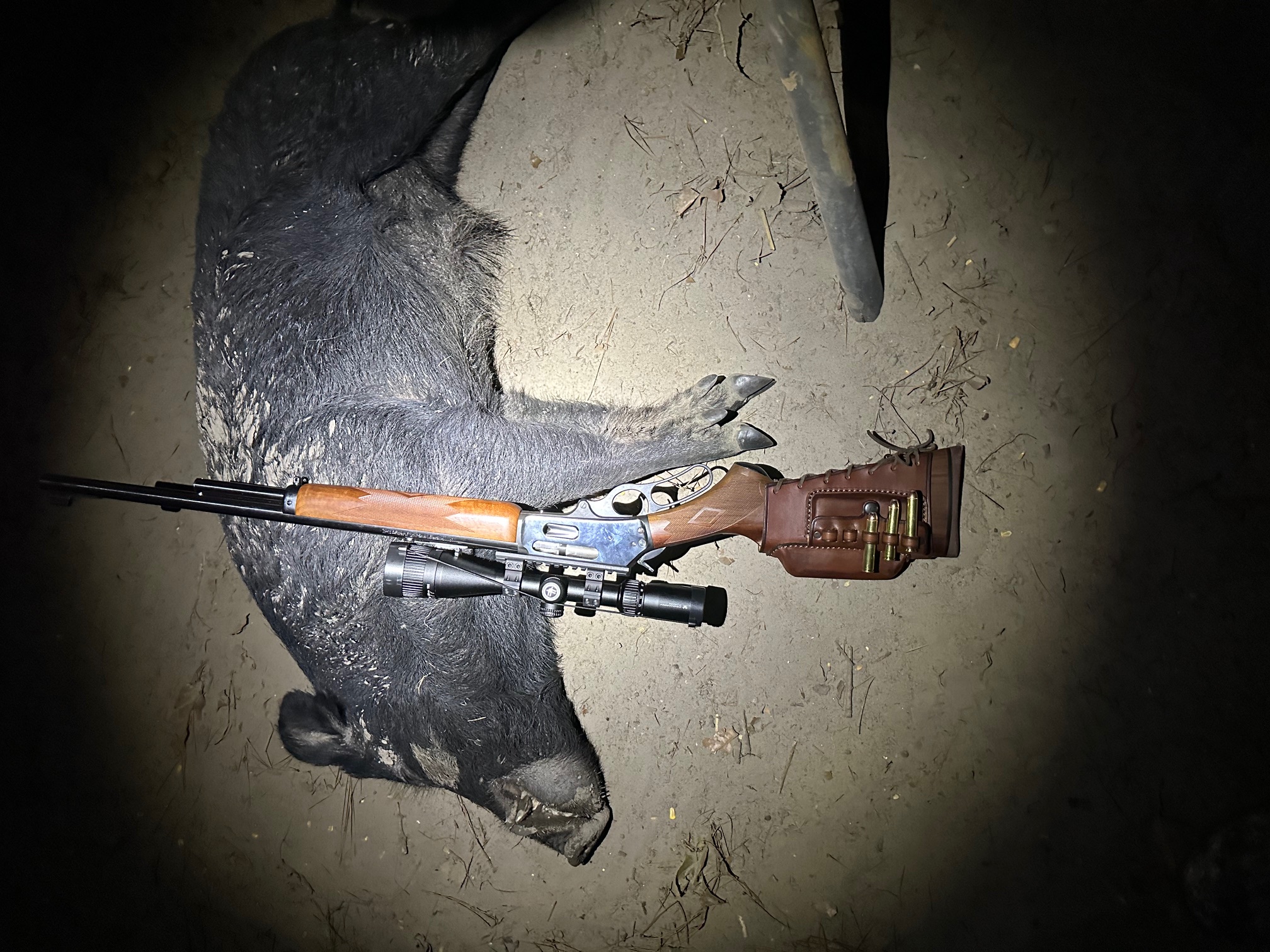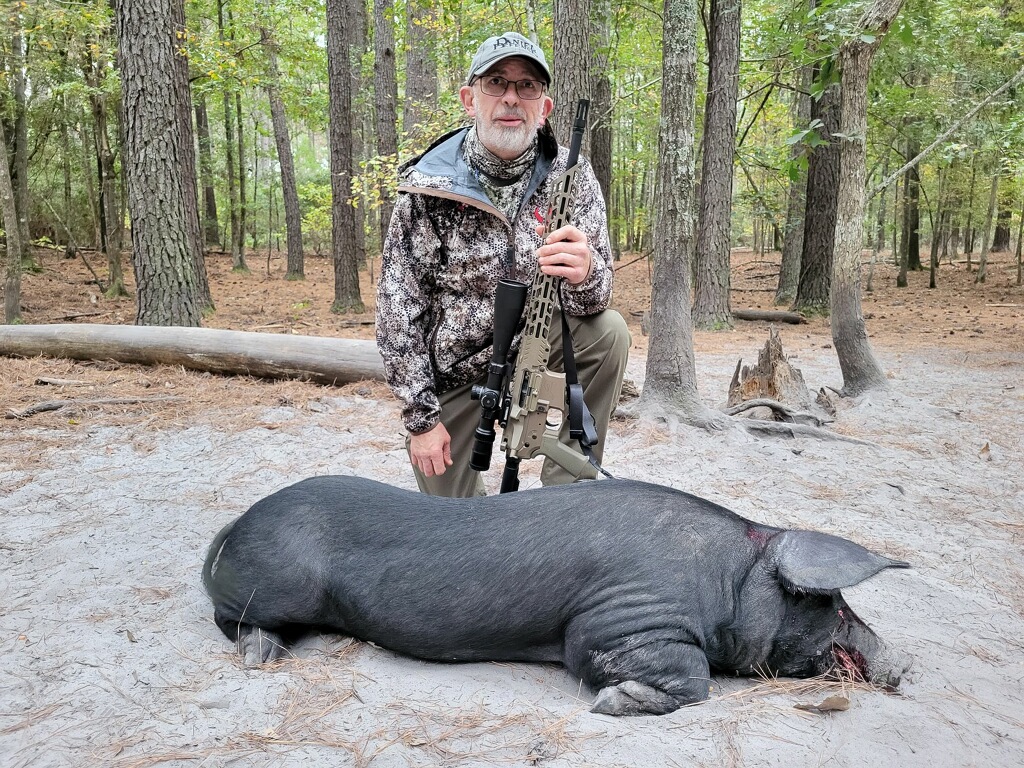We’ve covered it many times before. But here’s a good update on the financial cost of the feral hog problem.
As Congress advances reconciliation negotiations several conservation and animal health programs remain in limbo — including feral swine management initiatives left out of the most recent farm bill extension. At the same time, updated data from the National Feral Swine Damage Management Program (NFSDMP) and the National Wildlife Research Center (NWRC) offers the most comprehensive economic assessment of the significant costs feral hogs impose on U.S. crop and livestock production.
This Market Intel highlights findings from the most comprehensive research to date on feral hog damage, which these new estimates put at over $1.6 billion in annual agricultural losses across just 13 states — covering impacts to livestock, pastureland and six major crops. These updated figures extend far beyond traditional crop losses, capturing broader economic consequences such as land-use changes, infrastructure damage and control costs.
I’ve said before that I don’t believe that government control programs are neither necessary nor effective. Those programs usually focus on catch and entrapment programs run by people who stand to make money by doing it, with the usual wildlife biologist from a local university who will tell you that hunting them scatters the sounder and makes the problem worse.
Feral hogs came to the US with European settlers, and have been on the landscape ever since. They’re the exact same species that humans keep in captivity for meat consumption. But NC Wildlife Biologist Falyn Owens says they’ve spread in the wild a lot more since the 1950s.
“A big part of it is also the intentional transportation and release of pigs for hunting purposes. Pigs being brought from one place to a completely different place so that people have an opportunity to recreationally hunt feral swine,” Owens said.
And that’s a big problem, they say, because hogs are terrible for the environment and farmers alike. They eat everything, chase off other animals, and carry diseases that infect livestock and humans.
“Feral pigs, cause a lot of ecological damage and monetary damage for farmers,” Owens said. “But at the same time, in order to hunt pigs, there have to be pigs there to begin with. So there’s an incentive to have pigs on the landscape in order to hunt them.”
And once they’re on the landscape, it’s challenging to remove them. The Federal government started a USDA program to control feral swine in 2014: Randy Pulley is one of its employees, and he is, more or less, at war with feral hogs in rural North Carolina.
“Hog trapping is it takes a lot of patience, because we don’t want to educate them,” he explained. “Don’t want to catch half the group and educate the other half.”
Educate them, as in unintentionally teach the remaining hogs how to avoid capture. Yes, hogs are that smart.
Pulley uses corral traps on farmers’ properties: big circular cages with guillotine doors. There’s a camera watching them and his phone alerts him whenever something comes near — and he has a dozen or more he monitors each night.
“Say you got 10 pigs, seven go in, but three won’t go won’t go in. They’re just hanging around the outside. You don’t want to drop the door then,” he explained. “What you want to do is keep re-baiting. Keep re-baiting. Maybe put a little bit of corn outside the door, because your goal is to get all 10 in one swipe. So none are educated. Because once you drop that door and a pig outside sees that — they’re very smart. He’s gonna, he’s gonna learn that — it’s ingrained in his mind. You’ll never catch him in a trap again.”
When that door falls, the entire sounder — that’s what a family group of pigs is called — starts sprinting around the corral. Some are even strong enough to lift an edge of the cage, though Pulley said he’d never seen one escape from a trap that way.
Biologists say trapping is the most effective way to take out feral hogs: you can kill the entire group in one go. But Pulley said you need a lot of tools in your toolbox to do the job, particularly because hogs don’t care about the bait in traps during the growing season. Not to mention the educated hogs.
“I have some properties where corral traps, I know they don’t work anymore. I can’t even use a corral trap on that property, because they — the hogs leave. Pigs leave. So you have to adjust some properties. They’re harassed so much using traps. It’s not even a question. It’s just, you know, take them out via firearm,” he said.
Moreover, there aren’t enough trappers or traps to handle the population now. We’ve far exceeded that point in the U.S.
If you want the hogs alive and running loose in order to charge hunters, you’re probably making the problem worse. If you hold the hogs in a hunting preserve, that’s fine. But if your focus is on eradication to save farming, hunting is necessary. Hogs will be around as long as we want them to be around. Otherwise, it’s time to grab your rifle and go hunting.

But be careful. If they are runners they will flee. If they bay up, the boars have tusks that can gore you, and if they hit your femoral artery you’ll probably bleed to death in the bush very quickly. Take sidearms as well as rifles, and be prepared to use all of them.
You see those spots of feral hog populations in the north (North Dakota and Michigan)? They are now acclimated to the cold. They are virtually everywhere now, and the sounders from the north will expand southward and the sounders in the south will expand northward.
For what it’s worth, I have found rounds as small as 6mm ARC effective, but you have to nail them right behind the ear. I’d rather use a .444 Marlin or 45-70.

a






